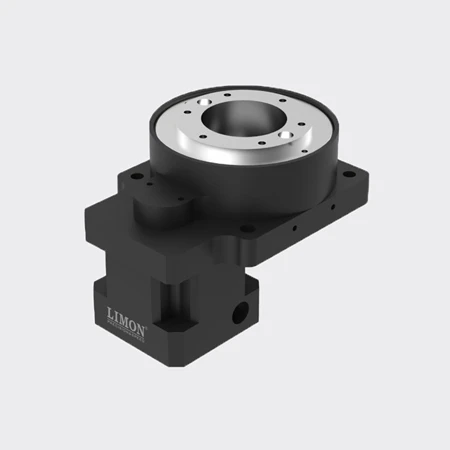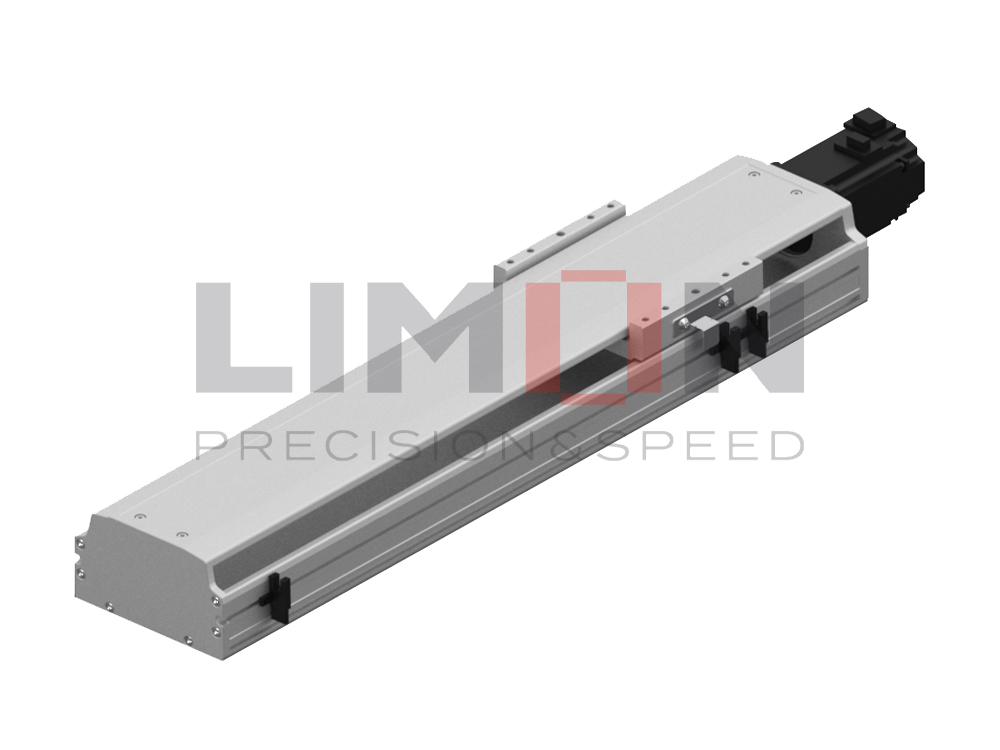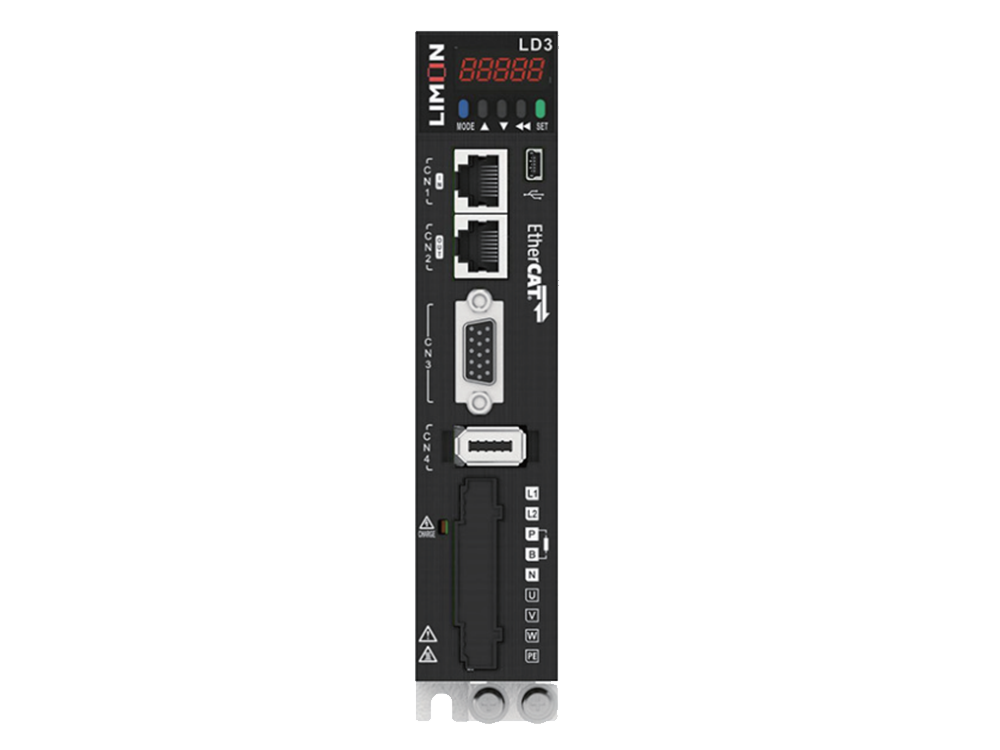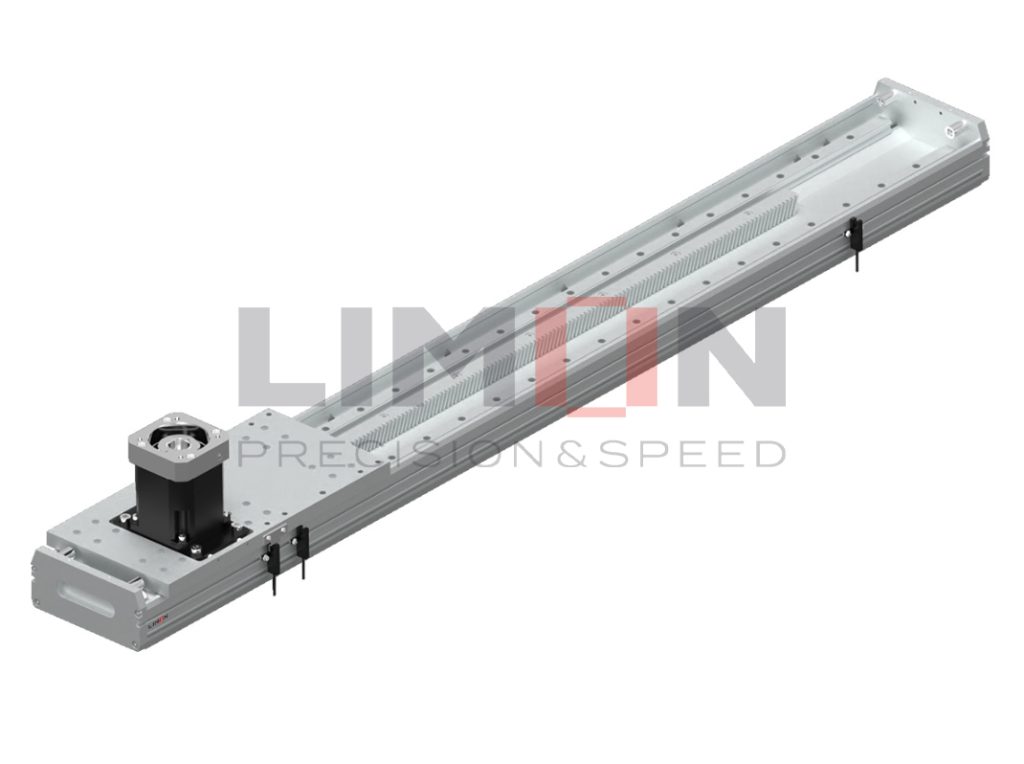Unreliable motion control can lead to mechanical failure, safety hazards, and expensive downtime. Without the right actuator, rotation becomes inconsistent. Rotary actuators offer precise, reliable angular motion for critical systems.
A rotary actuator converts energy—electric, pneumatic, or hydraulic—into controlled rotational motion. It is essential for applications in automation, robotics, valve control, and precision manufacturing.
Explore the fundamentals, working principles, types, pros and cons, and uses of rotary actuators below.

What Is A Rotary Actuator?
A rotary actuator is an electromechanical or fluid-powered device that generates rotary or angular movement, typically over a limited range. Unlike linear actuators, which produce push/pull motion, rotary actuators are designed to rotate shafts, arms, or mechanical structures.
The basic design includes:
-
A housing or body that encloses internal mechanical or fluid-driven components.
-
An input source—electricity, pressurized air, or hydraulic fluid.
-
A transmission mechanism, such as a gear, rack-and-pinion, or rotor.
-
An output shaft that delivers the controlled rotation to a load.
Rotary actuators can offer simple 90° or 180° motion, or full 360° continuous rotation, depending on the application. They are widely used in manufacturing automation, robotic arms, packaging lines, and even consumer devices like rotating displays or adjustable LED lighting systems.
Rotary Actuator Operating Principle
The operating principle of a rotary actuator depends on its energy source:
1. Electric Rotary Actuator
Uses electrical power to rotate a motor shaft. Servo motors and stepper motors are commonly used. An internal controller (or external driver) precisely controls position, speed, and torque. Many systems include feedback from encoders or sensors.
Working Process:
-
Electricity energizes the stator.
-
A rotating magnetic field is generated.
-
The rotor follows the field, producing torque.
-
Control signals determine direction, angle, and speed.
2. Pneumatic Rotary Actuator
This actuator uses compressed air to generate torque through a vane, piston, or rack-and-pinion system.
Working Process:
-
Compressed air enters chambers on either side of the piston.
-
The differential pressure causes the piston to move.
-
This linear movement is converted into rotation using mechanical linkages.
3. Hydraulic Rotary Actuator
Functions similarly to the pneumatic type but uses hydraulic fluid instead of air, producing higher torque due to the incompressibility of fluids.
Working Process:
-
Hydraulic pressure acts on a piston or vane.
-
The force is converted into torque through gears or rotary vanes.
Regardless of the type, all rotary actuators operate on converting energy input into rotary output using mechanical translation mechanisms. Advanced models often include limit stops, feedback loops, and torque protection.
Rotary Actuator Types
There are several categories of rotary actuators, each optimized for different applications and requirements.
1. Vane-Type Rotary Actuators
-
A rotating vane inside a chamber is pushed by pressurized fluid.
-
Offers 90° to 280° rotation.
-
Simple and compact.
-
Common in automation and clamping applications.
2. Rack-And-Pinion Rotary Actuators
-
A linear piston (rack) moves under fluid pressure and turns a pinion gear.
-
Provides higher torque and wider rotation angles.
-
Suitable for heavy-duty and industrial machinery.
3. Electric Rotary Actuators
-
Include servo and stepper motor-driven designs.
-
Provide precise angular control, commonly used in robotics and manufacturing.
-
May be integrated with programmable controllers.
4. Helical Spline Rotary Actuators
-
Combine linear and rotary motion through a helical spline shaft.
-
Compact and powerful, used in aerospace and satellite deployment systems.
5. Scotch Yoke Rotary Actuators
-
Convert linear piston motion into rotational output through a yoke mechanism.
-
Efficient for applications like large valve actuation.
6. Continuous Rotation Actuators
-
Provide 360° or unlimited rotation.
-
Generally electric, with integrated feedback control.
Each type has its advantages in terms of torque output, rotation angle, speed, and control complexity. Selecting the right rotary actuator depends on the motion profile and environmental conditions.
Rotary Actuator Advantages And Disadvantages
Advantages
-
Precise Positioning: Especially in electric variants with encoders or servo systems.
-
High Torque Output: Hydraulic and pneumatic types deliver strong rotation in compact packages.
-
Compact Design: Most models integrate into tight spaces with minimal support structure.
-
Flexible Control: Electric actuators offer programmable speed, acceleration, and angle.
-
Versatility: Applicable across multiple industries, from manufacturing to aerospace.
-
Quick Response Time: Particularly for pneumatic and electric types in rapid-cycling tasks.
-
Integration: Easily paired with PLCs, sensors, and motion controllers.
Disadvantages
-
Limited Rotation Range: Many designs only support partial turns (e.g., 90°, 180°).
-
Complexity In Setup: Hydraulic/pneumatic systems require pumps, compressors, or valves.
-
Maintenance Requirements: Seals, motors, and fluid circuits need periodic checks.
-
Higher Initial Costs: Especially for precision servo rotary actuators.
-
Temperature and Contamination Sensitivity: Pneumatic and electric models can be affected by external conditions.
The right rotary actuator delivers consistent performance with minimal maintenance—when chosen for the correct operational demands.
Rotary Actuator Applications
Rotary actuators are applied across numerous sectors. Here are typical applications:
Industrial Automation
-
Used in pick-and-place robots, indexing tables, or packaging machinery to provide angular movement.
-
Rack-and-pinion and vane actuators are common here.
Robotics
-
Provide joint rotation in robotic arms and end effectors.
-
Electric rotary actuators enable smooth, programmable, precise positioning.
Aerospace and Defense
-
Rotary actuators help deploy solar panels, antennas, or control surfaces on aircraft and satellites.
-
Helical spline actuators are especially useful due to compact design and torque density.
Medical Devices
-
Control precision instrument movement in imaging equipment or surgical robots.
Oil and Gas / Valve Actuation
-
Open and close large industrial valves using high-torque hydraulic or scotch yoke actuators.
Consumer Products
-
Seen in adjustable LED bathroom mirrors, where small rotary actuators allow controlled rotation or tilt for personalized illumination.
Automotive
-
Employed in adaptive lighting systems, throttle control, and door mirror adjustment.
Rotary actuators play a critical role wherever controlled angular motion is needed.
Summary
Rotary actuators convert electric, hydraulic, or pneumatic energy into controlled rotary motion. Choosing the right type ensures efficient, precise, and reliable rotation for any industry.For further questions please contact [email protected]




